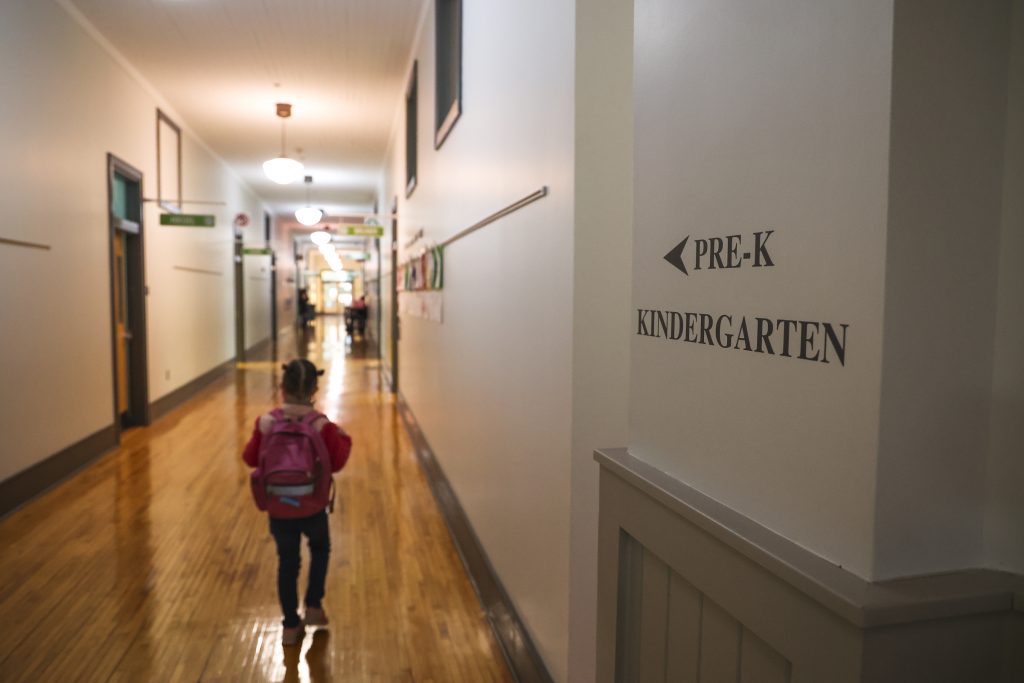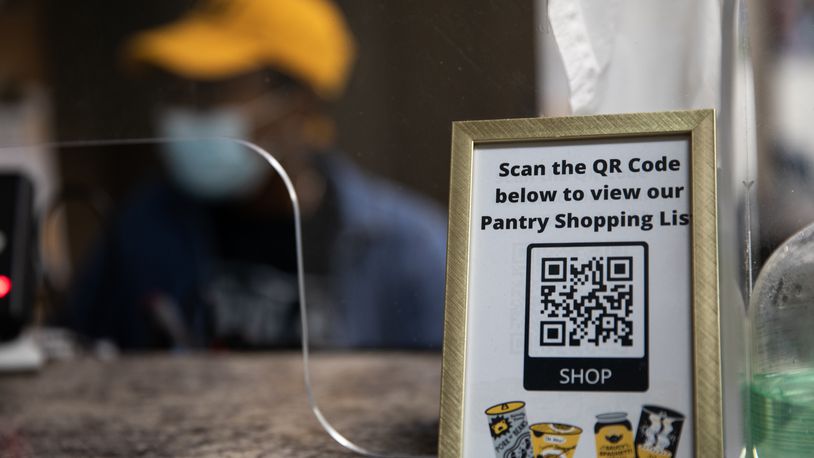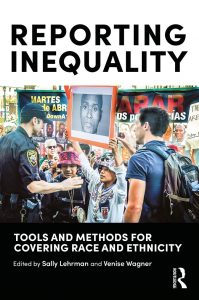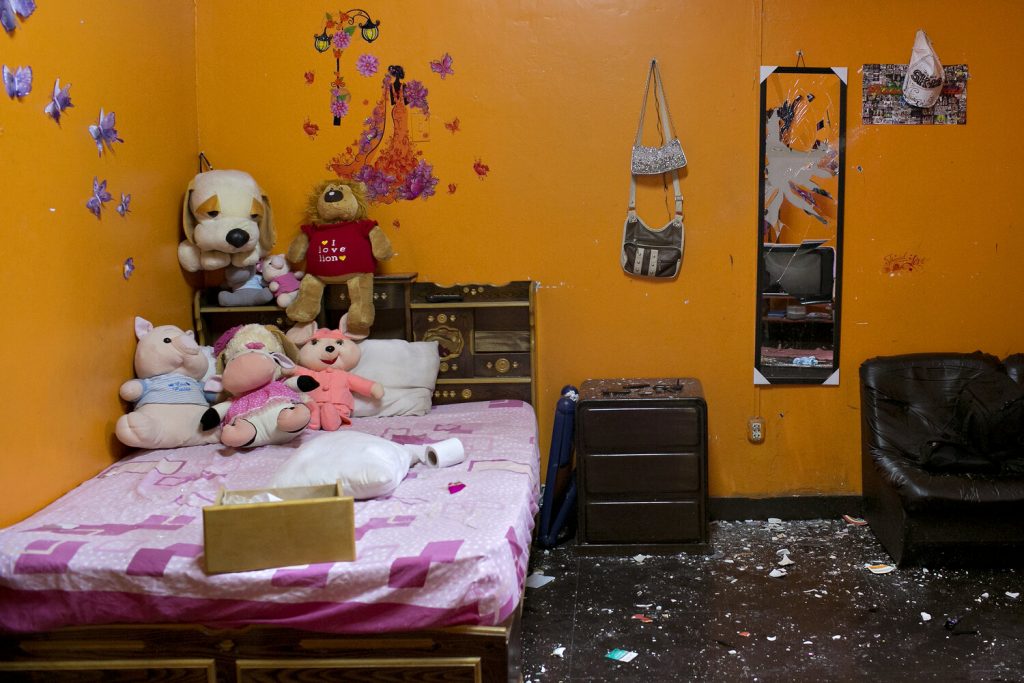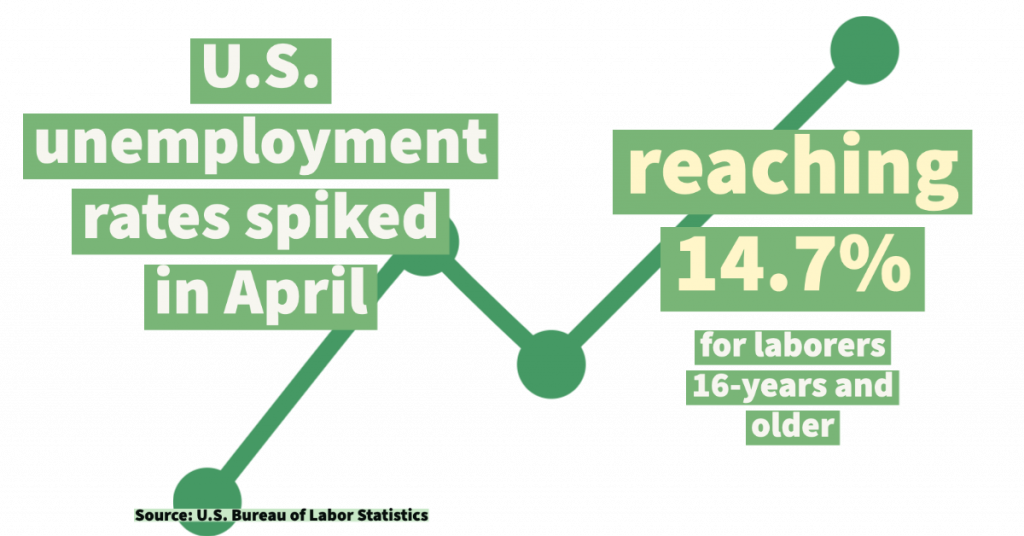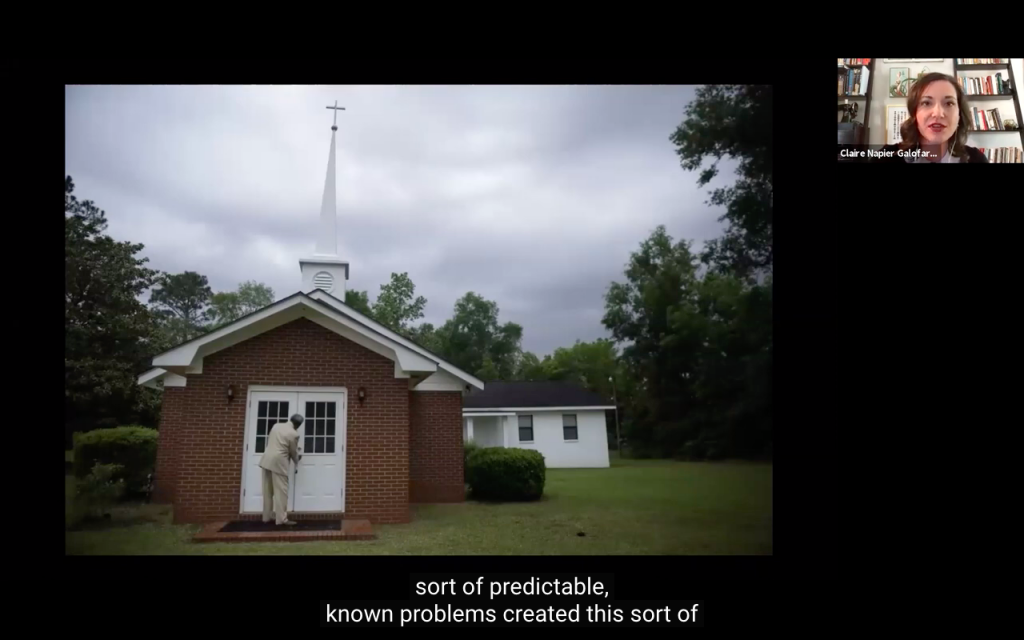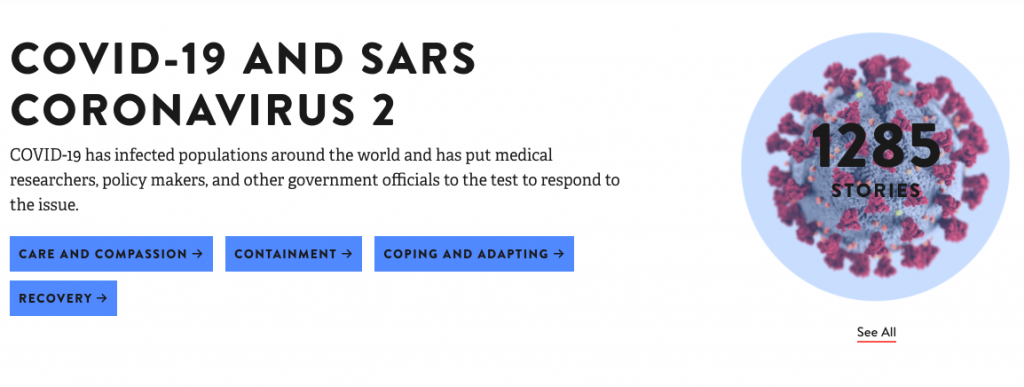
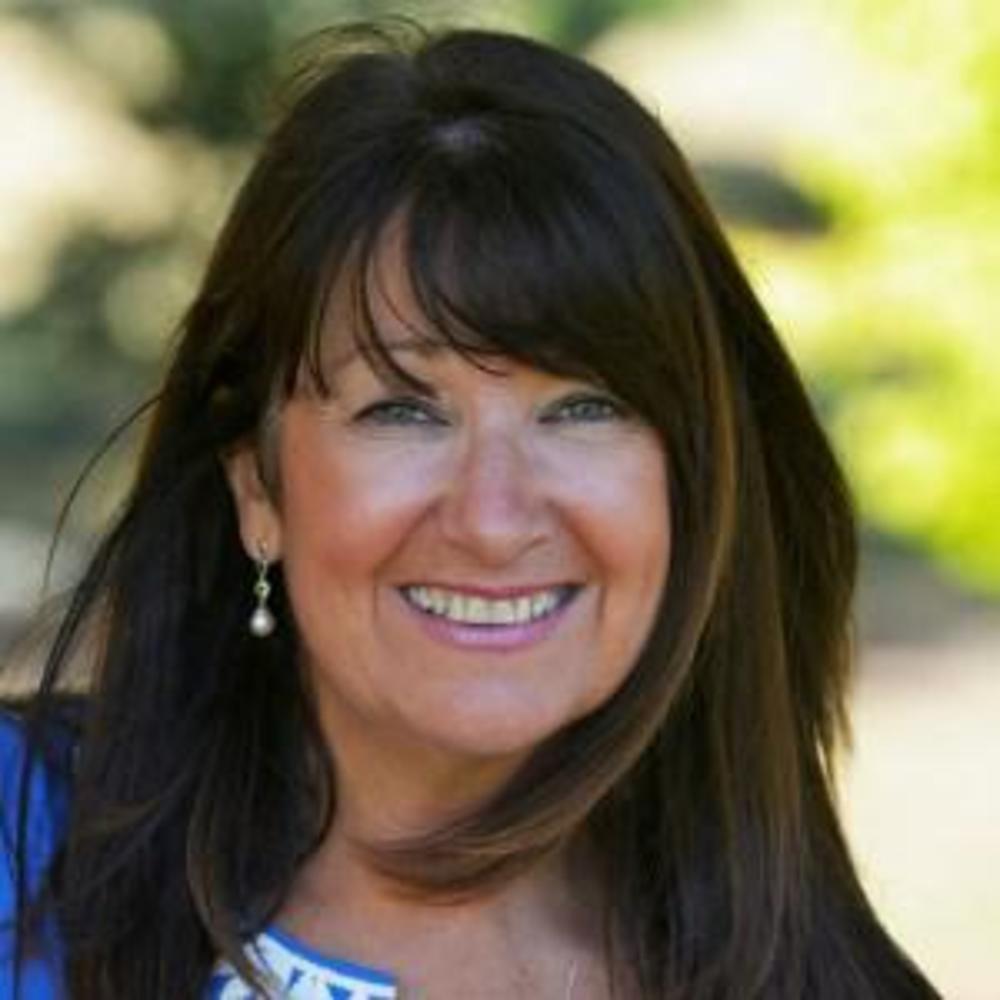
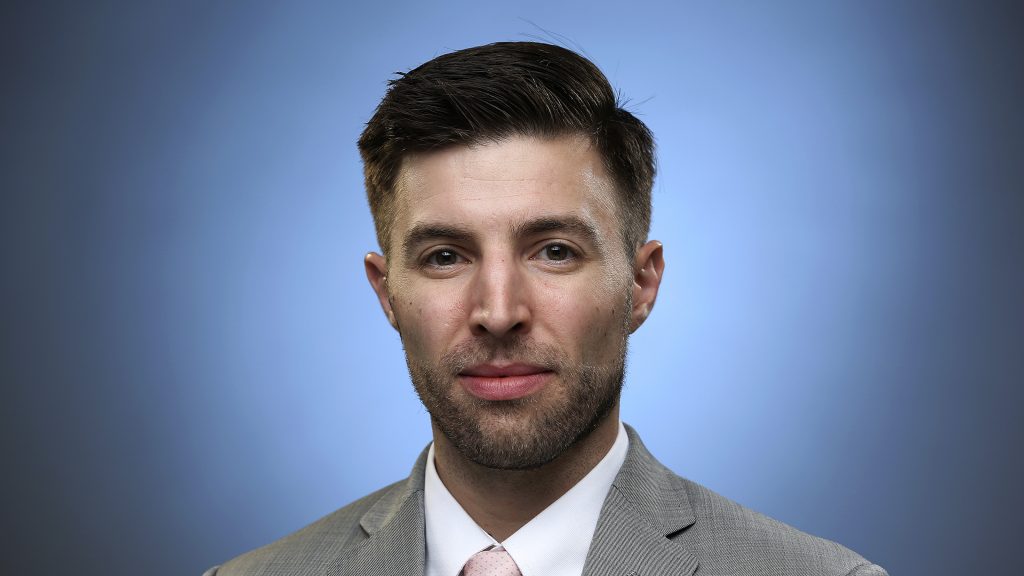
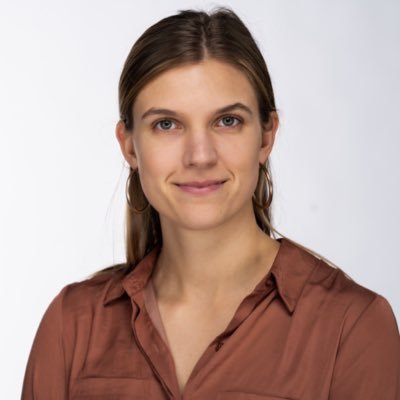
Editors and content directors say a focused newsroom, prioritizing context and an equipped staff are necessary to ensure that their organization covers poverty and low-income communities well.
The effects of poverty reach far and wide into educational systems, courts and legal systems, housing, social services and throughout many more corners of life. Poverty intersects with environmental concerns, collective mental health, and the success or failure of local businesses.
“We are all affected by the adverse effects of poverty,” said Caitlyn Stroh-Page, executive editor at the Athens Banner-Herald.
The Banner-Herald received a grant from Report for America in 2021 to add a reporter and visual journalist focused on issues of equity, equality, diversity and inclusivity. Writer DJ Simmons and visual journalist Kayla Renie have covered stories about homeless camps, new nonprofits that support children in low-income communities and local residents known for their outreach efforts.
It’s also oftentimes difficult to determine who is experiencing poverty in our communities. In Athens, Georgia census statistics show that about one third of residents live in federally defined poverty.
“In our community, a third of our population is either at the poverty line or below the poverty line, so we’re not serving a third of our community if we aren’t covering people who are in poverty. Those are our readers,” Stroh-Page said.
And in order to serve a publication’s community, it’s important that coverage of people in poverty is done through a realistic lens, with the reader in mind.
“Those people that we know who are our neighbors, and who come from those communities, they’re also a part of the conversation,” said R.L. Nave, director of content at Reckon South, a news brand dedicated to covering stories that aren’t normally found in traditional media.
If editors and newsroom leaders are intentional about prioritizing poverty coverage, a larger segment of their audience will be served. Editors can use these five action items to ensure that low-income communities are being covered ethically and professionally.
Be in the Community
To center your newsroom around strong community journalism, focus on building and maintaining professional relationships with a diverse set of community leaders. Regularly seek feedback from community members about what matters to them and what stories they would find valuable.
“I think the first thing that our reporters do is actually speak to somebody that lives in the community they’re covering,” said Josephine Bennett, director of news at Georgia Public Broadcasting. “If you gain trust in communities, where you’re not just parachuting in, then you can really get a sense of what that community is going through.”
Stroh-Page advises avoiding fly-by journalism and instead opting for deep-rooted community journalism. She explains the importance of sharing the human element of often complex issues. She focuses on leading a newsroom that covers poverty in a rich way, instead of a passing way.
“There’s a human to every story,” Stroh-Page said.
Focus Your Newsroom
With certain editorial priorities, editors can help focus how the newsroom covers people living in poverty. Stroh-Page suggests placing a strong emphasis on solutions journalism and challenging staff to report on the response to social issues, not just the issues themselves.
When considering how natural disasters, such as the recent Hurricane Ida, affects its readers and people in poverty, Reckon South considers what guides and resources will actually help its readers. Whenever the newsroom takes a solutions journalism approach, it engages voices in the affected community.
From Reckon South: New Orleans, coastal Louisiana and Mississippi hurricane outreach: How to help
The newsroom recently went through an exercise where it put together a research group of 20 southerners across political and ideological spectrums as well as across different races, ethnicities and genders, and worked to determine whether Reckon South’s stories would work for any of the real individuals of the group.
“Who is the real human being that the story is for?” Nave said. “And a lot of times, if we can’t figure out who that person is, then maybe it’s not a working story.”
From Reckon South: Nashville is growing like crazy. Rents have skyrocketed. How can regular people afford to live there?
This exercise, along with the lens that its news should serve its “underdog” audience of people who haven’t had a voice in traditional media, help the newsroom stay focused in its poverty coverage and beyond.
Housing is a key issue in covering poverty. Here’s how Reckon South told the story through the experience of one couple: How this Alabama couple bought a house for $8,000 cash
Ensure Reporters Evaluate Context
When reporters begin reporting on a story about poverty or housing issues, editors can emphasize taking a step back and considering the wider context of the story.
Through collaboration with the Poynter Institute, Street Sense Media has created a guide for covering the homelessness crisis.
When Los Angeles Times housing reporter Liam Dillon begins reporting a story, he takes a step back to consider how individual anecdotes tie in to broader fact-based data, a broader conversation in the region, or a wider context.
For example, at the beginning of the COVID-19 pandemic, he heard multiple anecdotes about tenants being illegally evicted from their homes. To add context, he used data from the Los Angeles Police Department to determine whether these anecdotes represented a wider problem of landlord-tenant disputes surging after eviction protections went into place. He found that reported disputes happened in the lowest income and poorest communities in Los Angeles.
From the Los Angeles Times: Despite protections, landlords seek to evict tenants in Black and Latino areas of South L.A.
“When you focus narrowly on a particular project and you do these one-off stories, you really miss the forest through the trees,” Dillon said. “And I really think that writing about housing issues and affordability benefits way more people from a wider scope. Connect to historical narratives, history about governmental and private race practices that prevented people from being able to access housing, and you’re able to write about that in ways that are still acting on the housing market today.”
From the Los Angeles Times: 710 Freeway is a key link in the U.S. economy, but pollution and evictions doom its expansion
Include Overlooked Areas
Covering neighborhoods and communities that aren’t usually covered also better serve a newsroom’s audience and ensure a wide scope of poverty coverage.
“Even in fairly well-funded newsrooms, neighborhood coverage has gone away,” Nave said. “It’s even worse in rural states where, for some newspapers, it’s a question of whether they can cover communities and neighborhoods in the cities where they are, but also about getting out 50 miles from where the newsroom actually is.”
After evaluating communities which needed better coverage, Reckon South assigned a reporter to spend a lot of time on covering Arkansas.
“Offer a product nobody else is offering,” Nave said. “Once you undergo self reflection, and say that we can own coverage of these particular communities, it’ll probably pay double dividends.”
Bennett, with GPB, also advises reporting the stories that nobody else is talking about.
“Go after those stories, because it used to be that there were reporters crawling out of the woodwork 20 years ago to cover those things,” she said. “There’s nobody now.”
In neighborhood coverage, editors should also emphasize understanding the past.
“Step back and understand what happened, and what was the history of this neighborhood,” Dillon said. “What are the broader affordability issues, and how would this affect existing residents?”
Be Aware of Staff Needs
The goal is to have a newsroom staffed with a diverse set of journalists who work with a high level of empathy and integrity. When hiring new employees, Stroh-Page said she looks for candidates who are intentional, empathetic, have good conversation skills, are committed to covering all communities in an equal fashion and are aware of systemic current issues.
Another important aspect is an ability to interact with sensitivity and understanding with guarded communities.
But some editors also acknowledge the toll these stories take on reporters and visual journalists.
“It’s hard because you take on the burden of the stories you’re telling all the time,” Stroh-Page said.
Bennett makes empathetic leadership a priority. She’s attended webinars on trauma and reporting after she began to notice burnout in the newsroom. When she notices that a reporter might be struggling with burnout and a heavy workload, she allows them to take a day off that doesn’t count as vacation time. She also calls her reporters to check in with their workload.
Editors can support their staff by encouraging them to take time off and set boundaries for work and personal time. Often, a healthy workplace culture is created when editors and newsroom leaders publicly do these things for themselves, modeling healthy boundaries.
This could mean routinely and visibly taking time off, using the schedule send feature on emails to avoid sending messages on nights or weekends, and sticking to set hours for non-emergency correspondence.
“I always tell them: if I see you struggling, it’s much better for you to have leave than for us to go to this place where you’re producing nothing,” Bennett said. “I think it’s about being observant, staying in touch with your staff and talking to them.”
Kyra Posey is a graduate student studying journalism at the University of Georgia. Taylor Gerlach contributed to this story.

